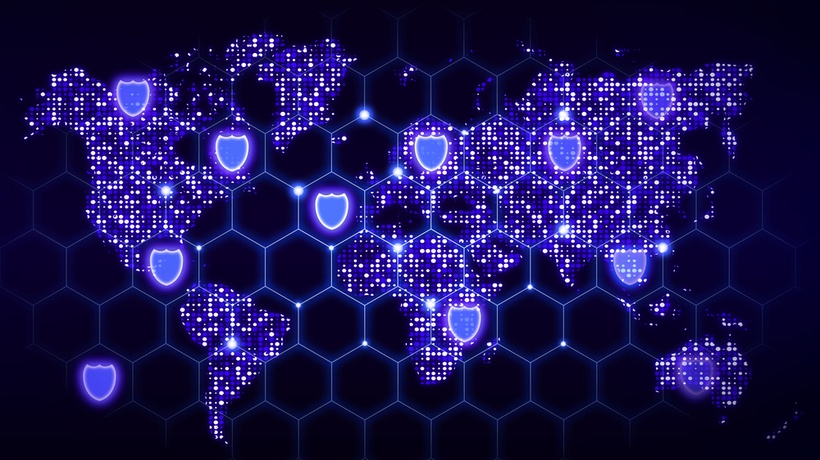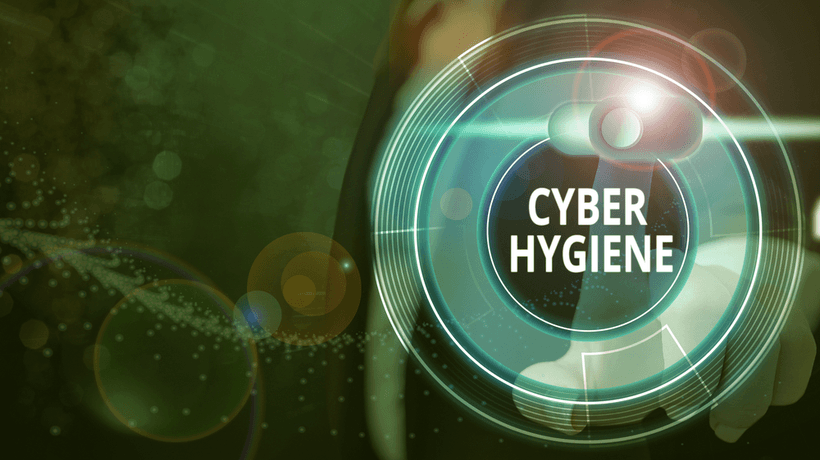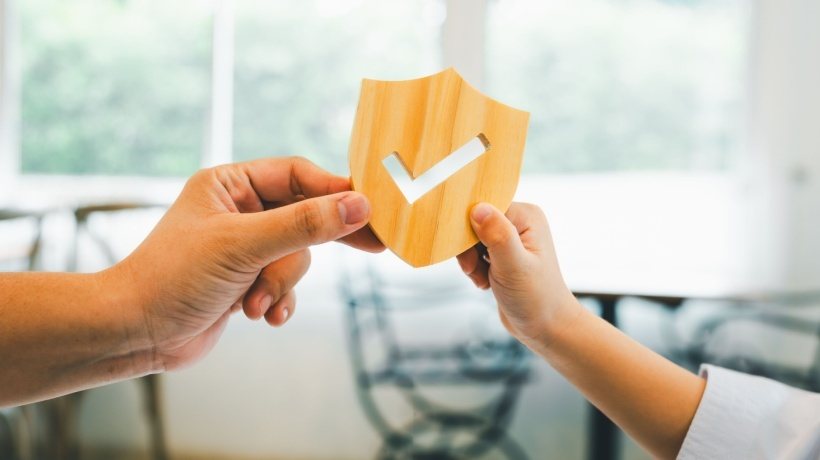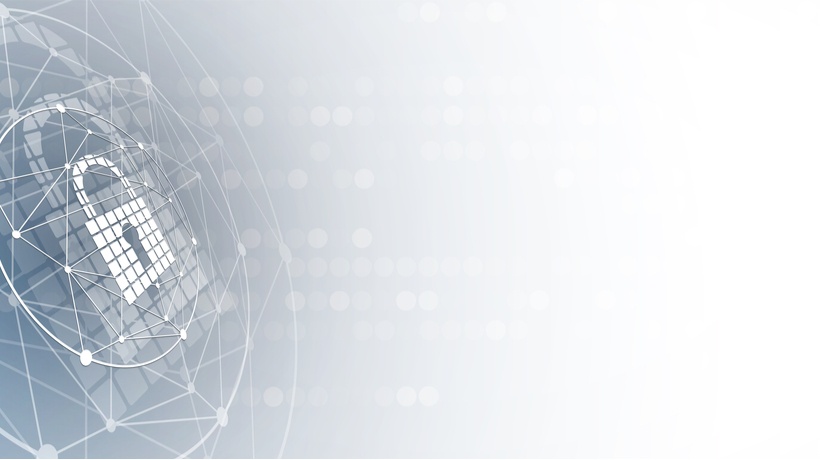Top Security Tips To Secure Remote Learning
Cyber hygiene practices protect the digital footprints of students and educators. In this article, I will describe some of the best tips you can follow to secure your remote learning experience. Have you heard about cyber hygiene before? It is not about brushing your teeth and taking a shower regularly for sure. Good hygiene is a habit that goes a long way, you learn it during your childhood and it usually sticks with you for the rest of your life.
It includes some basic principles, like using products and tools that suit your hygiene requirements. Similarly, you have to perform such hygiene activities appropriately to help you maintain a healthy routine or lifestyle. But, what is cyber hygiene all about, and what is its correlation with remote learning? It enables you to train yourself about your cybersecurity proactively. In other words, you can stay safe online by following cyber hygiene practices.
As the coronavirus pandemic continues, the importance of cyber hygiene has grown considerably, specifically regarding remote learning. Unfortunately, K-12 public schools in the US have suffered more than 800 cyberattacks during the last five years. Therefore, these security threats become more evident when educators, students, and other school staff need to work from home during the COVID-19 crisis.
Cybersecurity Risks Related To Remote Learning
Cybercriminals target those nervy people who are desperate for information. Moreover, they tend to click the suspicious links provided in the phishing emails. Surprisingly, 90% of cybersecurity-related incidents begin with phishing emails.
Apart from this, cyber goons take full advantage of remote learning tools in an adverse manner like targeting video conferencing equipment, VoIP phones, and others. When they access such tools, they try to insert filthy images and also compromise remote desktop devices.
6 Cyber Hygiene Best Practices For Secure Remote Learning
Here are different cyber hygiene practices schools and other educational institutions can follow to bypass cybersecurity risks as they shift toward remote learning.
1. Implement Proper Guidelines
Luckily, educators can use various eLearning tools to help make their remote learning lessons engaging and useful for their students. However, they should not undermine the online safety of any learning resource they use. Hence, they should only use those remote learning resources that have been approved by their school’s or college’s administration. Thus, teachers do not have to bother themselves about the online protection of such tools. Additionally, they will not need to search for them online.
2. Educate Teachers, Students, And Other School Staff
The school management is responsible for educating teachers, students, and other staff who are working remotely about the latest phishing attacks and other security threats. Likewise, the administration should inform them regarding remote working tips on how to keep their data secure on home devices from the prying eyes of hackers and other cybercriminals.
3. Update Software Regularly
Schools and other educational institutions should also regularly guide their students and other stakeholders in updating their apps, web browsers, and operating systems.
The same goes for school management as well. They are supposed to update their apps, operating systems, and other connected devices to bypass various notorious elements like malware, viruses, etc. These security updates remove security loopholes that can allow hackers to gain access to sensitive data available in different systems or devices.
4. Use Network Firewalls
Network firewalls are one of the best cyber hygiene practices and act as the first line of defense against potential cybersecurity vulnerabilities. They do not permit unauthorized people to access your websites, servers, and other important resources that are accessible from the web.
Considering the significance of network firewalls, schools should install them in their official systems. They should also compel their teachers, students, and other staff to add network firewalls to their home wireless networks.
5. Update Password Protocols
Using strong and complex passwords is another way of securing remote learning phenomena. Furthermore, there is no harm in applying a multi-factor authentication technique that helps schools, educators, and students decrease the risk of password theft.
The users should change passwords regularly and never share them with others at any cost. They had better not apply the same passwords otherwise hackers can guess them easily and hack their devices.
6. Beware Of Dangerous Apps And Websites
Educators, including students and support staff, should not click the malicious links of apps and websites given in the scam emails. Due to the coronavirus outbreak, scammers are finding new ways of stealing internet users’ information. They are creating suspicious apps and websites to access users’ data, so you should not download apps from unknown sources to protect your privacy accordingly.
Wrapping Up
All these aforementioned cyber hygiene practices are a must for protecting online learning or remote learning from several privacy issues like hacking, data theft, privacy invasion, and others. Therefore, schools and other institutions should not overlook such cyber hygiene tips while formulating remote learning strategies for their students, teachers, and staff.









